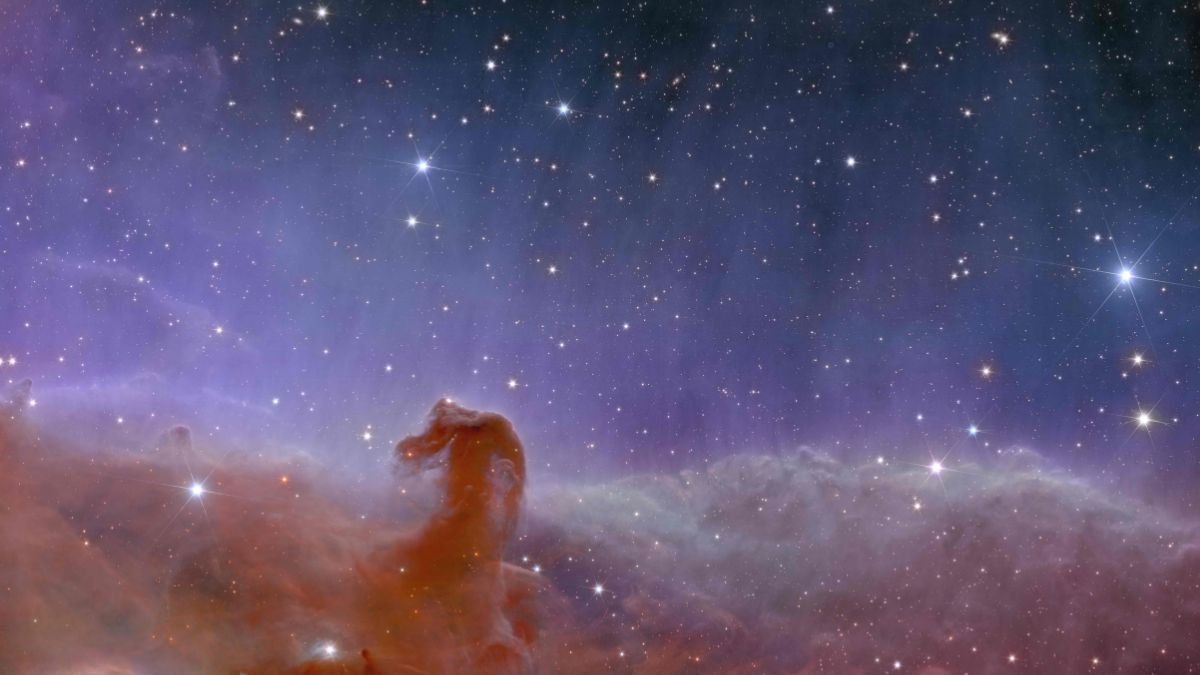It’s almost the end of the year and we’re approaching the holiday season, but The James Webb, Hubble and Euclid Space Telescopes continue to collect data from many incredible regions of the universe. November was no different, in fact, the United States National Aeronautics and Space Administration (NASA), Canadian Space Agency (CSA) and European Space Agency (ESA) published impressive new photos from space.
The published images are not photographed directly with telescopes; they actually go through the process of processing and compiling the collected data. After applying various filters and all the necessary processes, photographs emerge that make the eyes of viewers all over the world shine.
Check out 5 amazing images from NASA in November
Throughout November, space agencies have been releasing incredible images from space using instruments equipped with the James Webb and Euclid telescopes. For example, Webb’s near-infrared camera (NIRCam) revealed Incredible view of the ‘heart’ of the Milky Way.
Using gas and dust data at the center of the Milky Way, NIRCam was able to capture details of a region known as Sagittarius C, where more than 500,000 stars are born. The picture presents something beautiful protostar cluster in the first stages of star formation; One of these protostars is very massive, about 30 times more massive than the Sun.
“Researchers say they are just beginning to explore the unprecedented wealth of high-resolution data the Webb provides in this region, and many features require detailed study. This includes the pink clouds on the right side of the image, which have never been observed in such detail before.” ESA published it in an official publication.
Horsehead Nebula
At the beginning of the month, The Euclid Space Telescope has photographed the Horsehead Nebula, or Bernard 33, in the constellation Orion in detail — the region is located approximately 1,375 light-years from Earth. As the agency explains, this is the closest region of giant star formation to Earth.
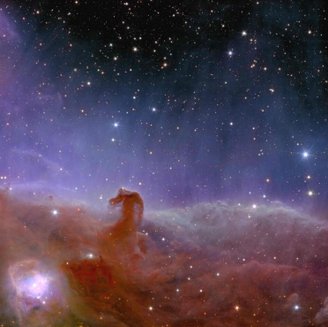
This photo is considered to be the clearest photo of the Horsehead Nebula to date; The region is responsible for the Orion molecular cloud complex that enables the formation of stars and planets. One of these planets is SOri62, with a mass approximately ten times that of Jupiter.
“We are particularly interested in this region because star formation occurs under very special conditions,” said Euclidean scientist Eduardo Martin Guerrero de Escalante, a partner at the Instituto de Astrofisica de Canarias in Spain.
MACS0416 galaxy cluster
Using an image processing method that combines visible and infrared light collected by the James Webb and Hubble telescopes, scientists from NASA, ESA and CSA have captured an incredible photo of the MACS0416 galaxy cluster. The photo includes 14 temporary objects, as well as several galaxies; that is, objects whose observed brightness changes over time.
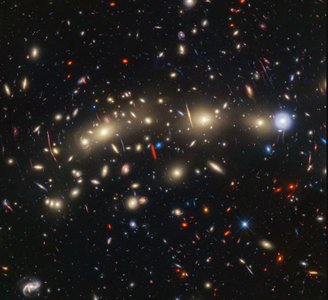
Among the transients discovered, the research team cited the Mothra star system, which formed approximately 3 billion years after the beginning of the Big Bang. MACS0416 contains two galaxy clusters that are expected to collide and form an even larger galaxy cluster.
Dwarf galaxy NGC 6822
NGC 6822 is taken into account The first irregular dwarf galaxy photographed by the Euclid Telescope was first discovered by astronomer Edwin Hubble in 1925.. This isn’t the first time scientists have collected data from the region, but the new image is the only high-resolution image showing the surroundings of the dwarf galaxy.
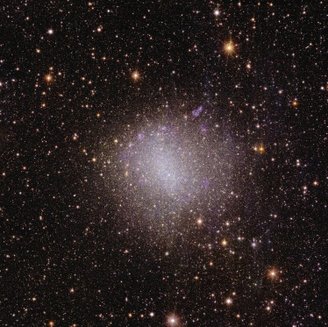
“By studying low-metality galaxies like NGC 6822 in our own galactic neighborhood, we can learn how galaxies evolved in the early Universe,” said Leslie Hunt, a scientist at the Euclid Consortium and the National Institute of Astrophysics in Italy.
Star SZ Chamaeleontis
Using data from James Webb, scientists discovered some significant changes in the Sun-like star SZ Chamaeleontis (SZ Cha). In 2008, the Spitzer Telescope detected extreme ultraviolet radiation in the protoplanetary disk around the star. new JWST observations did not detect the same amount of radiation.
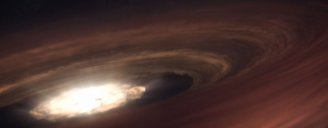
Astronomers believe This sudden change affects the formation time of planetsTherefore, they are trying to better understand the reason for this intense diversity.
“The data from both Spitzer and Webb are excellent, so we knew this must be something new that we were observing in the SZ Cha system; a significant change in conditions in just 15 years,” said co-author of a study on the observations, Ardjan Sturm, Leiden University in the Netherlands Associate professor in .
protoplanetary disks
Recently, the James Webb Space Telescope collected data on water vapor originating from four protoplanetary disks; The information could help better understand the formation of planets. Scientists believe that the small ice stones found in the region are equivalent to ‘seeds’ for the birth of planets.
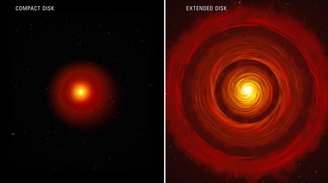
Ice rocks originate from the coldest parts of the disks, but move into warmer regions, releasing cold water vapor. According to a study on the subject, this may be a crucial process for the formation of rocky planets.
“Researchers used Webb’s MIRI (Mid Infrared Instrument) to examine four disks around Sun-like stars, two compact and two elongated. All four of these stars are estimated to be 2 to 3 million years old, newborns in cosmic time. NASA explains this explains.
Did you like the content? So, stay informed about astronomical discoveries at TecMundo and get the opportunity to find out whether it is possible for a star to turn into a planet.
Source: Tec Mundo
I’m Blaine Morgan, an experienced journalist and writer with over 8 years of experience in the tech industry. My expertise lies in writing about technology news and trends, covering everything from cutting-edge gadgets to emerging software developments. I’ve written for several leading publications including Gadget Onus where I am an author.






